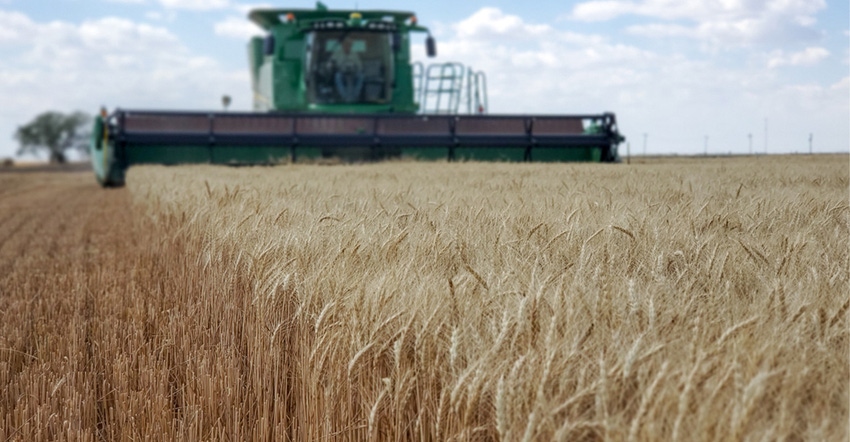
Southwest wheat farmers, looking at the best prices many have ever seen, should not assume markets will continue their upward spiral.
“Don’t let these prices get away,” advises Texas A&M AgriLife Extension Marketing Specialist Mark Welch. “That goes for wheat and any of these commodity prices. There is still so much we don’t and won’t know for a good while, especially regarding movement of grain out of The Black Sea Region.”
Welch says the tragedy unfolding in Ukraine from Russia’s invasion limits the amount of wheat and other grains coming out of one of the world’s most important production regions.
See, Not too late to manage wheat
“Ukraine grain exports are shut down, partly for the country’s own food security.”
How long that will persist, he says, is a big question. “Maybe we will see some grain flow resuming. Russia controls much of the flow, and if they want to ship grain, they have the capacity to do that. It might not be that old-crop grain will not move.”
For Ukraine, Welch says 2022 harvest is uncertain. “Wheat is a huge part of Ukraine’s economy, but the conflict could mean they can’t harvest the current crop and may limit what they can plant for spring 2022. It’s uncertain what they can accomplish in the midst of conflict.”
Welch says the world is not out of grain and that some movements could ease shortage concerns.
“We could also see weather conditions improve in the United States’ Southern Plains. It has been very dry, so any improvement will help. Oklahoma and Texas are in rough shape, as is Kansas, but Kansas growers still have some time.
See, COTTON SPIN: A changing picture
“Some improvement in supply is possible,” Welch says. “And we hope and pray for resolution of the conflict. But even so, we are beginning to see some movement from that critical area.”
Most of that movement comes from Russia, Welch says.
“Russia is the bigger contributor of the two and moves a higher percentage of wheat than Ukraine. Russia can ship grain and that would alleviate some supply situations. Also, Ukraine may be able to take some grain to markets overland.”
Russia’s customers may be limited to some degree with widespread global boycotts aimed at crippling their ability to wage war. But they do have buyers, Welch says.
“Russia’s traditional trading partners come from the Mideast and North Africa. Turkey, Syria, Yemen, and perhaps Egypt could be buyers.”
Maintain crop
For U.S. producers, Welch says maintaining yield and quality over the last month or so of production will be important.
“Advantages with additional fertility might be limited after wheat reaches a certain growing stage,” he says. “However, some studies indicate that late nitrogen applications could boost protein. Growers also need to provide nutrients that aid stalk strength. Growers should be looking at controlling fungal diseases to protect leaf tissue so plants capture all the goodness nature can provide. The boot leaf is especially important. These are a few things producers can do to hold onto yield.”
He says fungal diseases are worse in a wet year, “which would be a nice problem to have.”
See, WHEAT SCOOPS: India, Australian wheat may offset Black Sea exports
Welch says late irrigation could be an advantage if producers have capacity to water wheat. “Some dryland producers might switch to another crop.”
All the uncertainty — the potential for more movement out of the Black Sea Region, and the potential of improving weather in the U.S. Grain Belt — should be an incentive for growers not to sit on markets.
Welch recommends they take the profit.
About the Author(s)
You May Also Like






